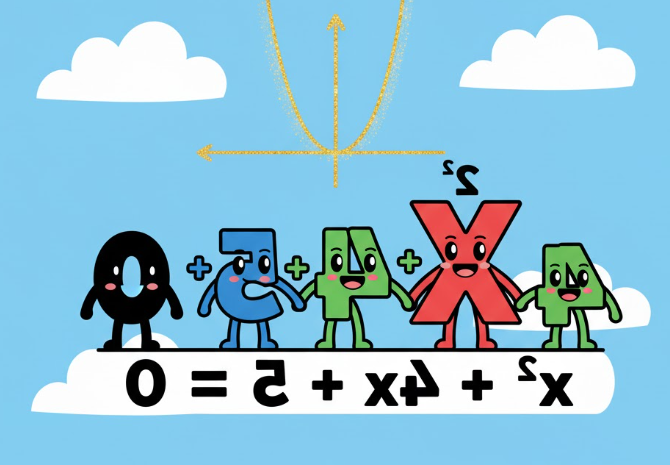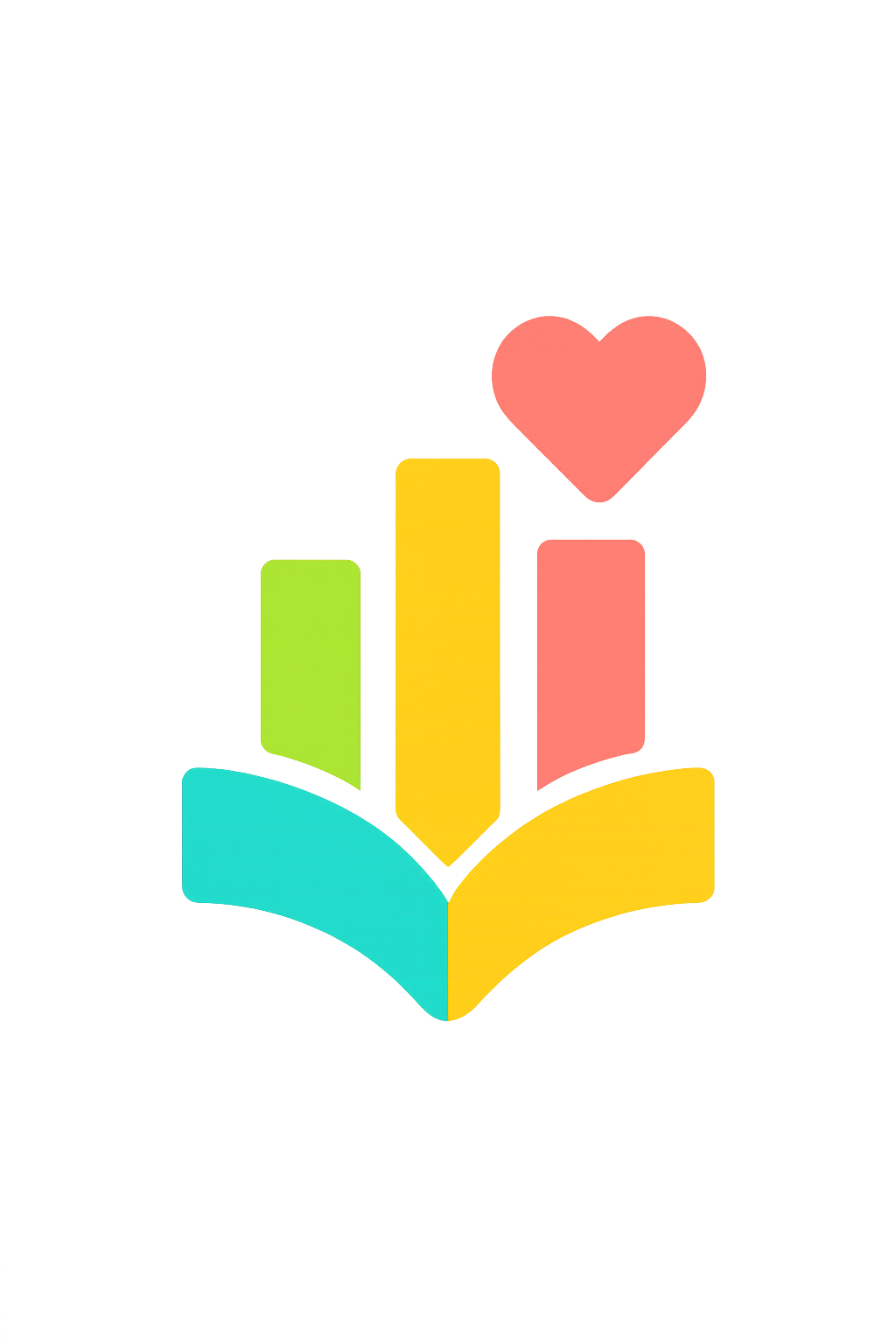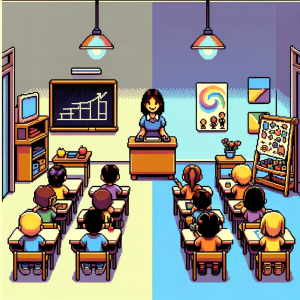
What Dyslexia Reveals About How Kids Learn Numbers
Here’s a stat that might stop you in your tracks: two out of every three children diagnosed with dyslexia also have math difficulties.
We often picture dyslexia as a reading disorder—letters flipping, words jumbling—but for many kids, numbers trip them up just as much as words. A new study from researchers at the University of California, San Francisco (UCSF) takes a groundbreaking look at this hidden side of dyslexia. Their findings could reshape how schools understand and support students who struggle not only to read but also to count, calculate, and reason.
Beyond Reading: The Hidden Math Struggles in Dyslexia
The UCSF team evaluated 75 children with dyslexia alongside a group of typically developing peers aged 7 to 16. Using a new tool called the Mathematical Cognition Battery (MCB), they tested four core areas of math ability:
- Number Processing – recognizing, ordering, and understanding numbers
- Arithmetical Procedures – performing calculations and using strategies
- Arithmetic Facts Retrieval – recalling memorized facts like 6×7=42
- Geometrical Abilities – understanding shapes, space, and visual patterns
The results? Two-thirds of children with dyslexia showed clear mathematical deficits. But the deficits weren’t all the same—they fell into distinct “profiles,” each pointing to different learning challenges.
Four Ways Dyslexia Can Affect Math
Let’s meet the four groups the researchers identified—and what each means for parents and teachers.
1. The “Number Sense” Group
These children have trouble understanding what numbers mean. Ask them to compare 47 and 74, and they might hesitate. Counting backward or estimating quantities can feel like guesswork. This pattern—sometimes overlapping with dyscalculia—suggests a deep challenge in connecting symbols to quantities.
What helps: Using concrete, visual supports—like number lines, blocks, and real-world examples—can help strengthen that sense of quantity.
2. The “Procedure” Group
These students can recognize numbers just fine—but struggle with multi-step calculations. Borrowing in subtraction, carrying in addition, or lining up digits might all go wrong. They may know what to do but get lost in the “how.”
What helps: Explicit instruction in step-by-step reasoning, color-coded columns, and practice with mental strategies like “counting on” can make abstract rules more concrete.
3. The “Facts Retrieval” Group
These are the kids who freeze on multiplication tests. They understand the problem but can’t recall that 8×7=56 without working it out from scratch. The issue isn’t reasoning—it’s memory retrieval.
What helps: Pairing math facts with rhythm, movement, or story-based repetition (think songs or “fact families”) can strengthen recall while keeping stress low.
4. The “Geometry” Group
Perhaps the most surprising finding: a subset of children with dyslexia struggled specifically with geometry—visualizing shapes, interpreting graphs, or translating between 2D and 3D forms. For some, even organizing numbers on a page was tough.
What helps: Hands-on activities—building models, tracing shapes, or using manipulatives—can boost both confidence and accuracy.
Why This Matters for Classrooms
Until now, many school assessments lumped “math problems” into one category. A child who failed a calculation test might be labeled “bad at math,” when in reality, their difficulty could stem from attention, memory, or visual processing differences.
The UCSF team’s approach changes that. By breaking math into distinct domains, teachers can tailor interventions—just as reading specialists customize strategies for phonics, fluency, or comprehension.
This also highlights an urgent gap: geometry and spatial reasoning are often under-assessed in educational testing, even though weaknesses here can ripple across subjects—from interpreting graphs in science to reading maps in social studies.
Rethinking How We Support Kids with Dyslexia
For parents, this research offers validation. If your child with dyslexia also struggles in math, it’s not laziness—it’s wiring. The same brain networks that handle reading (especially in the left parietal and temporal regions) also support number understanding and spatial reasoning. When one pathway develops differently, others can be affected too.
For educators, it’s a call to move past “one-size-fits-all” remediation. The UCSF Mathematical Cognition Battery could become a model for personalized learning plans—identifying whether a child needs help memorizing facts, processing quantities, or navigating visual-spatial information.
A Bigger Picture: What This Tells Us About Learning
This study reveals something profound about how children learn: reading and math are not separate silos—they’re intertwined systems in the brain.
Just as reading requires decoding patterns of letters, math requires decoding patterns of numbers and shapes. Both depend on memory, attention, and the ability to shift between symbolic and visual forms of information.
When a student says, “Math doesn’t make sense,” it might not be a motivation problem—it might be a translation problem. Their brain is working hard to connect abstract symbols to meaning, whether those symbols are letters or numbers.
Practical Takeaways for Schools and Families
- Screen early—and broadly. Students diagnosed with dyslexia should also be evaluated for math challenges, especially before middle school.
- Differentiate interventions. Don’t just provide “extra math help.” Identify which type of deficit is present.
- Leverage strengths. Many kids with dyslexia show remarkable creativity and problem-solving when learning visually or experientially. Use those strengths to reinforce number concepts.
- Rethink geometry. Visual-spatial reasoning deserves as much attention as arithmetic. It’s foundational for STEM learning—and confidence.
Let’s Talk About It
💬 What’s the biggest math challenge you see in your students or children?
💬 How can schools better identify and support math struggles in kids with dyslexia?
💬 What strategies have you seen work for building confidence in math?
Share your thoughts below or on social media with the hashtag #MathAndMind—let’s build a better understanding of how every child learns.



